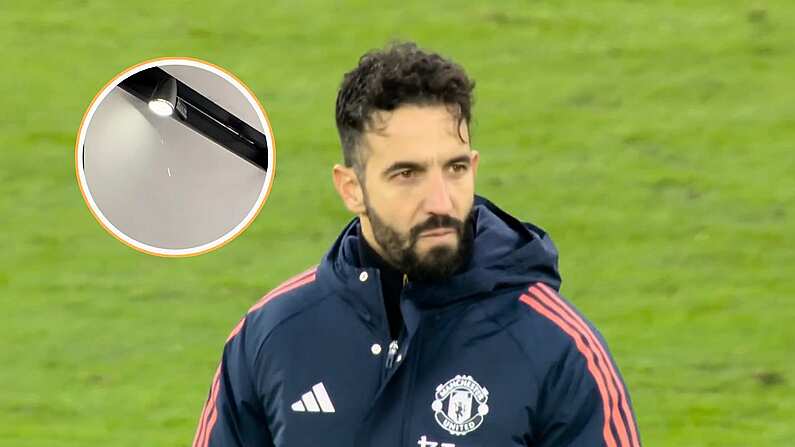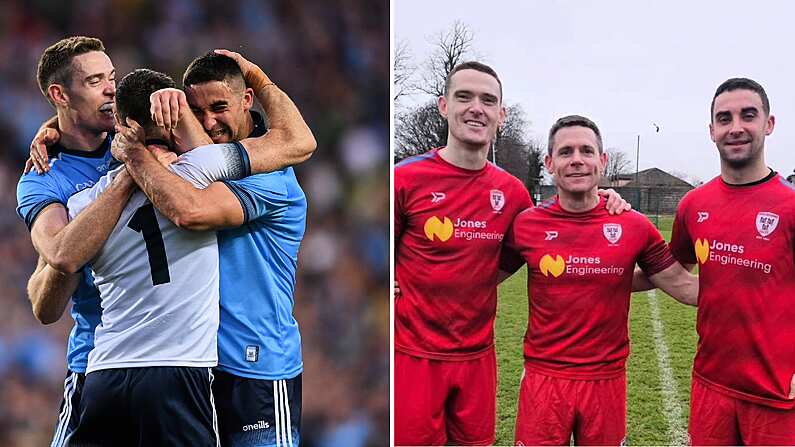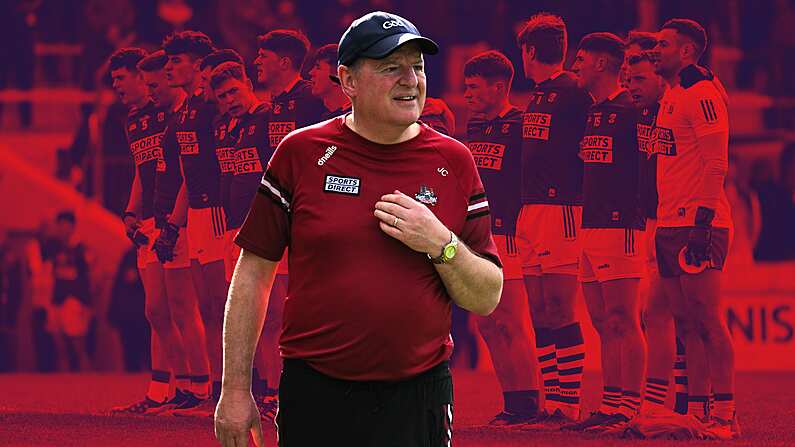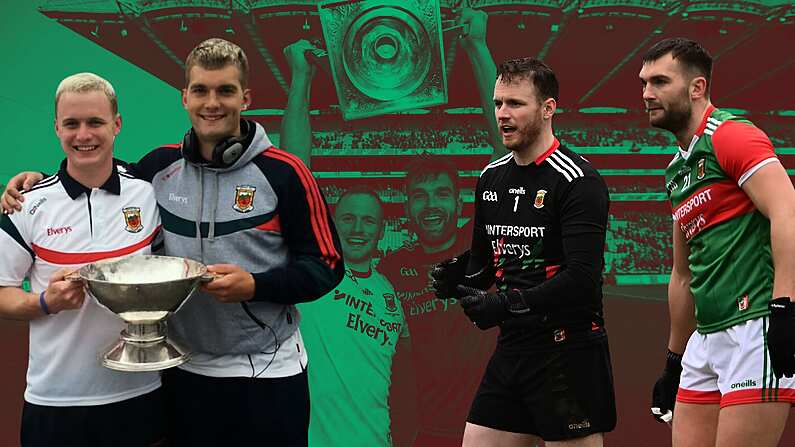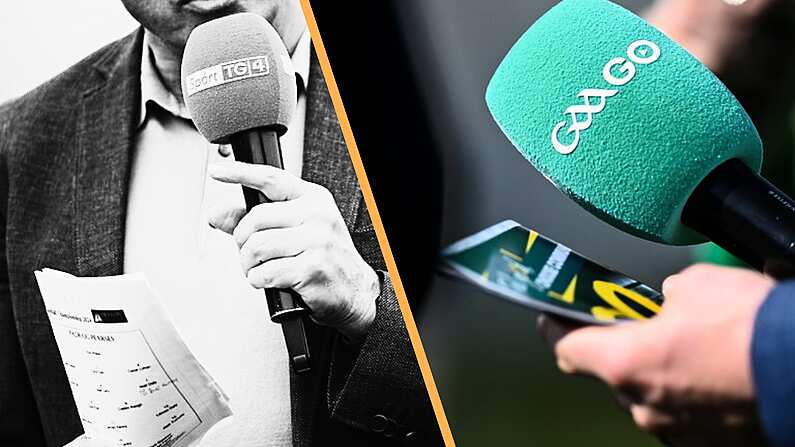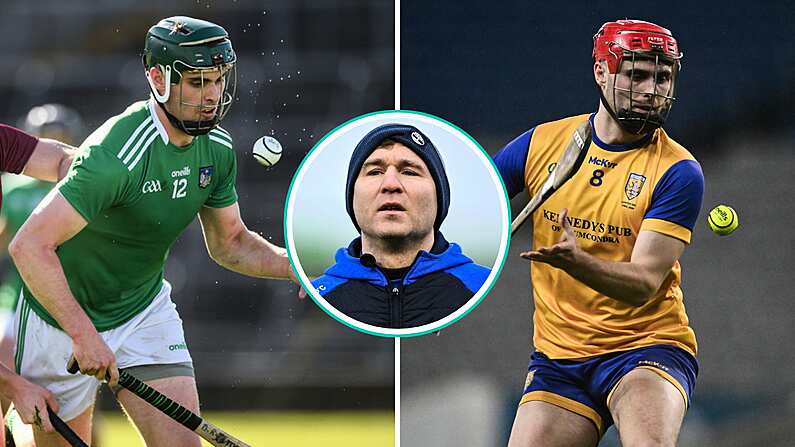A recent documentary on RTE Radio One by Sarah Mac Donald tells the extraordinary story of what has become known as the 'All Ireland Behind Barbed Wire'. Following the 1916 Rising, 1,800 Irish rebels were arrested and interned at a Prisoner of War camp in Frongoch, Wales. In the aftermath of the Insurrection, 3,000 Irish rebels were arrested in all, and were marched to Dublin Port to board boats destined for internment camps in Britain. The testimony of one of those men arrested, Johny Flynn, exists today:
We were lined up at Richmond barracks, marched down along the quays, and along the North Wall. There were two rows of soldiers either side of us, with a lorry behind us with a machine gun mounted upon it.
We certainly weren't very popular as we were marched down to the boat. But for the soldiers either side of us, we might have fared very badly with the women of Dublin. Many of them were shouting 'shoot the bastards'.
The rebels were brought to Britain on cattle ships, many of them thrown into pens alongside the cattle. Of the 3,000 aboard, 1,800 were interned at Frongoch in Wales: an old, disused distillery which had been used as a Prisoner of War camp for German soldiers during the first world war. Living conditions were atrocious, with many of the German prisoners at the camp dying of TB.
In spite of the poor conditions, the proximity of so many Irishmen with similar republican ideals led to a community atmosphere among Michael Collins, Richard Mulcahy and the other detainees, and the prison became known as the 'University of Revolution'. One of the detainees, Joseph Lawless, recalled the atmosphere in his Bureau of Military History testimony:
Frongoch has since then been aptly termed the University of the Irish revolution, and so indeed it was. No more certain way of perpetuating the ideals of the executed leaders, and ensuring another and bigger effort to throw off the yoke of foreign domination, could have been imagined or desired by them.
The police in Ireland had done their work well in selecting throughout the country the most likely disaffected persons, most of whom were Volunteers, but not all of them.
These, lodged together in a camp with the leaven of those who had had their blood baptism on the streets of Dublin and elsewhere, were bound to be touched by the longing to emulate the heroic deeds of those who fought; and there were those amongst us whose intellects grasped the possibilities of this situation, and strove- to make the best use of the opportunity so unexpectedly provided by the enemy.
One of the aspects key in fostering this collective identity was Gaelic football. A number of those interned were Gaelic footballers of considerable repute, including Dick Fitzgerald, who had captained Kerry to five All-Ireland titles, along with Louth's Tom Burke. Gaelic football matches were frequently organized between inmates to both keep fit and display their national character. As the prison would not allow the detainees have hurleys, they were forced to play Gaelic football with a soccer ball. The prisoners renamed the field at the camp - a pitch surrounded by barbed wire - as Croke Park.
At the time, the Wolfe Tone tournament was the secondary competition in the GAA. Louth- captained by Tom Burke - and Kerry - for whom Dick Fitzgerald was the captain - had qualified for the final, which was postponed owing to the Rising. Such was the volume of players from both teams interned at Frongoch, it was decided that the Wolfe Tone final would be played on the barbed wire-enclosed field the inmates had deemed as Croke Park.
Attendance at the game was made compulsory, so a crowd slightly shy of 1,800 games watched a game that has been described as extremely tough and competitive. Perhaps apocryphally, one British officer was recorded as having said:
If that's what they are like at play, they must be bloody awful in a fight!
The game was recorded by prisoner Joe Stanley, who was a Louth-based publisher of Republican literature. His report of the game itself is sadly rather vague. All that is known is the game lasted 40 minutes (comprising two 20 minute halves) and that, perhaps unsurprisingly, Kerry won the game by a point.
The prisoners were released at the end of the year, and Dick Fitzgerald returned to become one of the most important figures in Gaelic football, becoming the first man to write an instructional rulebook for the sport, entitled 'How To Play Gaelic Football'. Burke went on to referee the first All-Ireland final for which the Sam Maguire Cup was at stake, in 1928.
Today, the barbed wire has been removed from the field, and now it is grazed by sheep. There is a small monument to the memory of the game and the men involved, which was erected by a Liverpool branch of the Gaelic League.
For more, we recommend you listen to the documentary in full. You can do so here.





